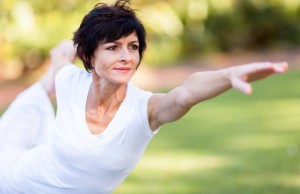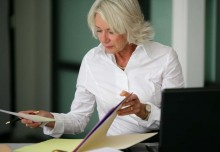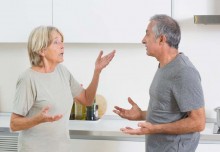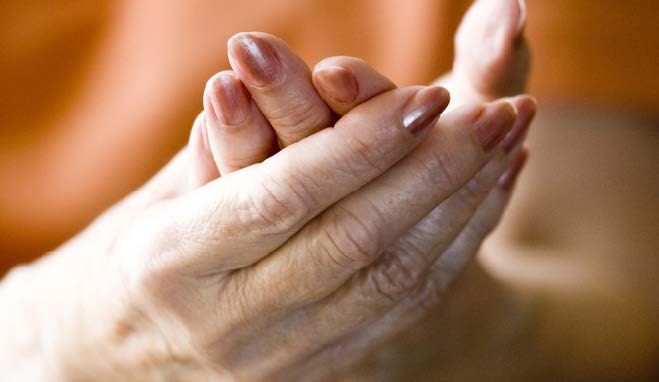
Arthritis and Menopause are commonly Associated
Like so manym other women, I thought that aging and hormones had conspired to cause “osteoarthritis” in my body’s joints. What I found through research was that my experience of “arthritis” or “joint inflammation” might not be “osteoarthritis” at all, or at least not in the way that it has been usually defined.
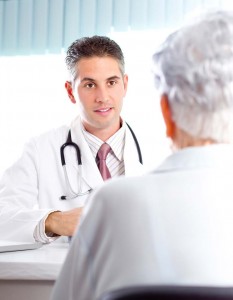
There are soft tissue disorders that “mimic” and feel just like what many women report as osteoarthritis pain.
Women naturally lose muscle mass very swiftly right at and after menopause, and that can put us at risk for developing these conditions.
I found out that osteoarthritis is not just a “wear and tear” disease of aging. We now know that inflammation also plays an important role in osteoarthritis, and may even be the driver of the disease.
Many women do not have arthritis pain until they enter the menopausal transition when they experience a rapid rise in both osteoarthritis and rheumatoid arthritis. And it’s not always the same pain; sometimes it appears in different joints for different women.
Many researchers suspect the rise in arthritis and the drop in estradiol are connected
It can also appear in different joints at different times within the same woman. What is it about menopause apart from “aging” that promotes arthritis or joint inflammation and the resulting pain? Menopause is when there is a rapid and dramatic drop in estradiol (the primary form of estrogen in premenopause). Since both the drop in estradiol and the rise in arthritis are so large, many medical researchers have correctly suspected they are connected.
Researchers have discovered that the estrogen estradiol is found in joint tissues, and has an impact on joint cartilage, as well as the membrane lining enclosing the joint, the ligaments, the bone below the joint’s cartilage, and the surrounding muscles. When estrogen levels drop, there is bone loss below the joint cartilage and an increase in body fat that causes inflammation; not aging per se. But even though we now understand what happens, giving estrogen supplementation to women may not necessarily relieve the joint pain symptoms. So, what is “menopausal arthritis,” and how do we heal from it? I believe this term helps to capture a syndrome associated with estrogen decline in menopausal women who also gain weight and lose muscle mass as well.
Here are some of the core concepts of my self-healing program:
Research suggests we move our bodies in harmful ways that cause the structural damage seen with osteoarthritis or other causes of joint pain
1 Get an accurate diagnosis
Not all joint pain is due to medically defined arthritis. That’s why it’s important for your doctor or health practitioner to find the source of your joint pain. For example, it could be due to injury or a systemic disease. It’s important to understand that joint cartilage does not have nerve endings; so even if your cartilage is deteriorating, the cartilage itself is not the cause of the pain. Conditions such as inflammation of the bursa (little fluid-filled sacs) that cushion your tendons, as well as inflammation of other surrounding tissues, may be causing your pain. And that may be due to menopause.
2 Exercise Muscle Groups
Exercise using groups of muscles that work together as units that I call whole muscle chains or muscle slings. These muscles work together for functional movement and strengthen joint functioning. Much research in rheumatology suggests we move our bodies in harmful ways that cause the structural damage seen with osteoarthritis or other problems that can cause joint pain.
3 Orthopedic Massage
When tissues become misaligned as a result of trauma, injury, or strain, they can thicken or scar, and that can result in pain around the joints. Orthopedic massage, which manipulates the soft tissue and joints can help correct many of these problems and alleviate pain.
4 Control Inflammation
Control the inflammation caused by estrogen decline and other hormonal factors by eating anti-inflammatory foods, herbs, and supplements. The inflammation of the joint lining that can result from hormonal shifts and your body’s changing metabolism after menopause could be a source of pain. In my own experience, I have found one herb, turmeric (with its active component curcumin), to be espe- cially helpful in alleviating my joint pain. Research shows that it is both an anti-inflammatory and an antioxidant.
5 Create Healthy Habits
Adopt everyday lifestyle habits that allow the muscles and tendons surrounding your joints to actively engage in moving the body. One important way to do this is to wear shoes with flexible soles. Also, walking with an upright posture helps to avoid excessive strain on your knee joints. Be aware, too, that your emotions can affect both pain and your susceptibility to disease. Adopt lifestyle habits that increase relaxation, happiness, and satisfaction within your life.
As you engage in these activities to increase the health of your joints, reflect upon how your joints are healing — feel the joy of movement, the exquisite beauty of how your muscles, tendons and bones all work together. Appreciate your body, and as in the old Irish blessing, “may the road rise up to meet you,” let your body rise up to meet you in your quest for joint health.
By Phyllis Rickel-Wong
She is author of Flying Up the Stairs! What You Need to Know About Menopausal Arthritis to Break Free.


